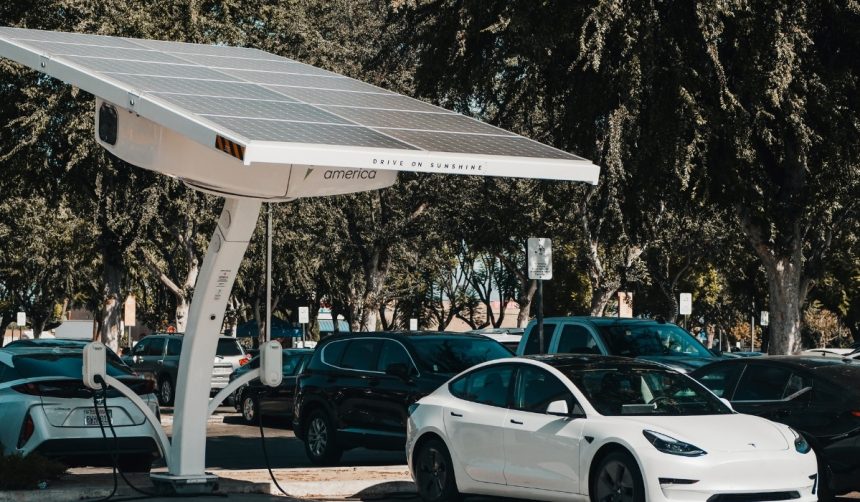Tesla’s long-discussed Cybercab project gained renewed focus when CEO Elon Musk announced a definitive start to production, targeting the second quarter of 2026. The Cybercab represents Tesla’s ambition to provide a two-seater, fully autonomous vehicle tailored for affordable, driverless travel. Uncertainties regarding the vehicle’s specifications, particularly over the presence of traditional controls like a steering wheel and pedals, have fueled debate in both investor and fan communities. With real-world sightings at Tesla’s Fremont Test Track and Giga Texas hinting at ongoing progress, anticipation grows around the vehicle’s commercial debut. Some industry analysts speculate that hitting a clear timeline might signal Tesla’s increased confidence in its autonomous technology pipeline.
Several reports in the last year suggested an earlier production window for the Cybercab, ranging between late 2025 and early 2026, though Tesla had not previously set such a firm schedule. Photographs showing prototypes equipped with steering wheels led to widespread speculation that the company might offer a version of the vehicle with manual controls. Unlike some early leaks that suggested delays and functional ambiguities, Tesla’s most recent activities—including ramped-up hiring for the production team and expanded testing—indicate measurable advancements toward mass manufacturing and regulatory compliance.
When Will Production of Tesla’s Cybercab Begin?
Tesla has confirmed it will commence Cybercab production in the second quarter of 2026, moving past prior tentative estimates. The company has accelerated internal preparations in recent weeks, including extensive on-track evaluations and crash safety testing, to meet this revised target. Elon Musk addressed analysts during the Q3 2025 Earnings Call, reiterating Tesla’s commitment to the timeline and emphasizing the model’s unconventional design.
“The single biggest expansion in production will be the Cybercab, which starts production in Q2 next year. That’s really a vehicle that’s optimized for full autonomy.”
His comments provide a definitive answer to earlier uncertainty over the launch date, offering clarity for investors and customers alike.
Will the Cybercab Include a Steering Wheel or Pedals?
Tesla has resolved ongoing speculation by confirming the Cybercab will not feature a steering wheel or pedals. Despite earlier sightings of prototypes with these controls, Musk reiterated that the design is intended strictly for autonomous operation. The decision aligns with Tesla’s broader vision for cost-effective, fully driverless transportation and serves to reassure stakeholders about the company’s focus.
“It, in fact, does not have a steering wheel or pedals and is really an enduring optimization on minimizing cost per mile for fully considered cost per mile of operation.”
With this clarification, Tesla distances the Cybercab from transitional vehicles that allow for human intervention.
Why Did Speculation About Manual Controls Spread?
Public discussion around the Cybercab’s hardware was influenced largely by photos of test vehicles at company facilities, some of which showed steering wheels installed. These images prompted theories that Tesla could offer an option for human-operated driving, similar to its handling of other models with “Full Self-Driving” (FSD) technology. The company, however, clarified that such elements were limited to testing vehicles and would not be included in the final product intended for the public. This stance suggests Tesla’s goal is a purpose-built, autonomous ride-hailing solution.
Tesla’s decision to anchor the Cybercab firmly in the autonomous category signals a significant step in its strategy to commercialize driverless mobility. While the elimination of manual controls sets it apart from other self-driving contenders, the ability to meet safety and regulatory requirements remains essential for wide-scale adoption. Investors and potential users should track how regulatory agencies worldwide respond to fully autonomous vehicles lacking conventional driving interfaces. For readers interested in emerging technology trends, understanding Tesla’s approach with the Cybercab will provide valuable insight into how autonomous mobility services may develop globally. Those following the company can expect further detail on user experience, pricing, and geographic rollout as production approaches.










